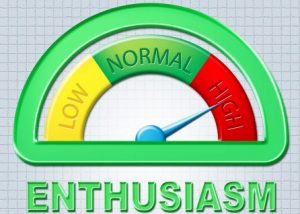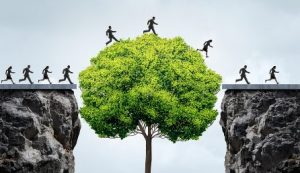
Developing Your Leadership Abilities
In today’s dynamic environment, leading is tough. It requires both innate and learned abilities. I wrote about natural abilities in my last post. These are

In today’s dynamic environment, leading is tough. It requires both innate and learned abilities. I wrote about natural abilities in my last post. These are

In business, leaders are highly respected for sharp minds, to the extent that we frequently ignore and squelch our emotions. But even the most analytical

2018 is quickly approaching; have you made a leadership resolution for change? Change is hard. The pull toward non-change is often underestimated. As good as our

Do you know what your leadership reveals about your values? When I see leaders whose values and actions are in alignment, they are energized, enthusiastic and give

Leadership journaling is most productive, and meaningful, when asking yourself questions that provoke deeper thoughts; but watch out for those rabbit holes! In my previous

How do leadership developmental stages contribute to growing effective leaders? Developmental theories have been around for decades, based on 50 years of psychological research into

I’ve been exploring what builds high leadership trust (here and here). Maister, Green and Galford write about the elements that build trust in their book

In the work I do coaching leaders, everyone purports to have high leadership trust with stakeholders. Surveys, however, show otherwise. (See my previous post here.)

An organization’s health is only as sound as its leader’s decisions. Some companies prosper from wise leadership directions, while others struggle after flawed choices—choices that

How a leader responds to adversity reveals how effective that leader truly is. Reactions to setbacks or crises not only test leadership character but define

Business is an active, demanding endeavor. Only those who consistently apply themselves succeed. Organizations that thrive require leaders who actively dream, plan, engage, solve, pursue,

Surveys and studies indicate global job dissatisfaction is at a two-decade high. Disengaged employees account for nearly 70 percent of the workforce, which significantly affects







